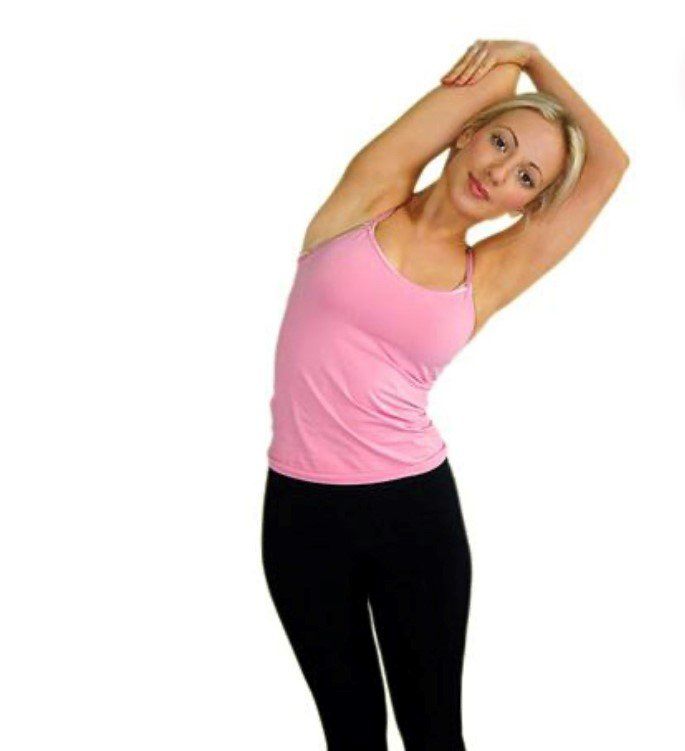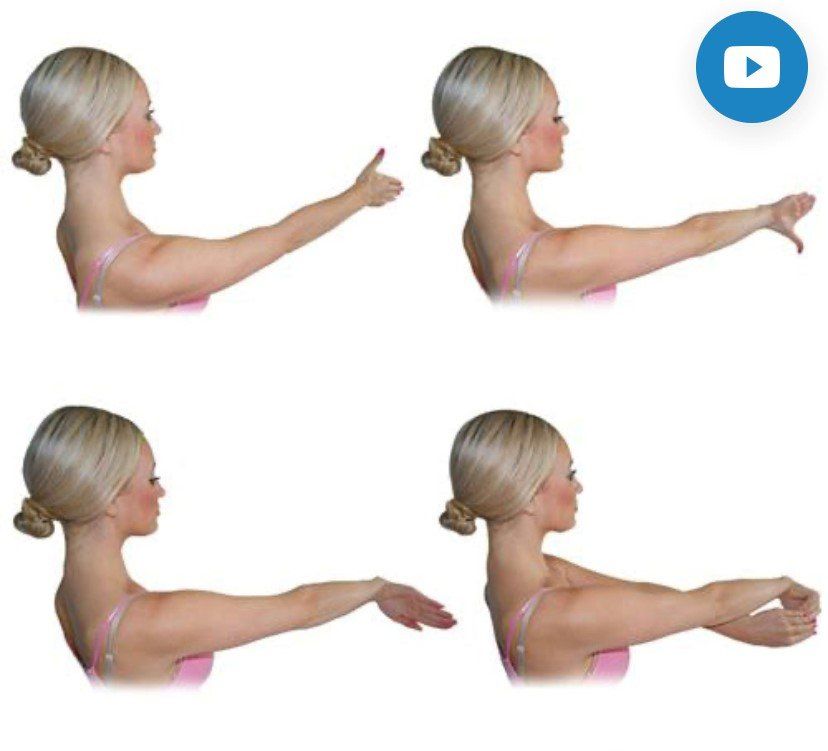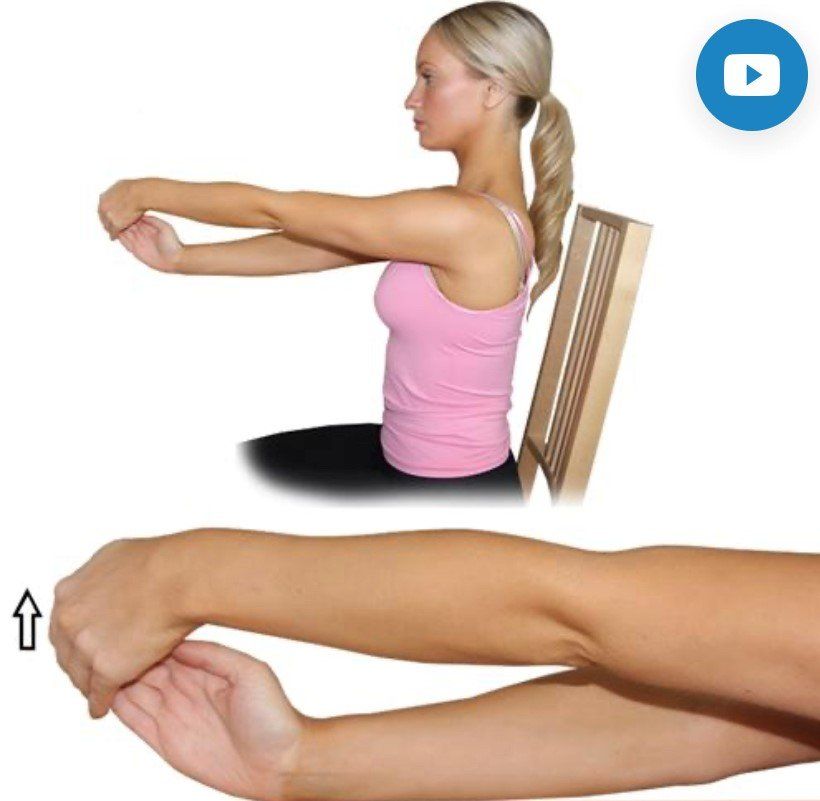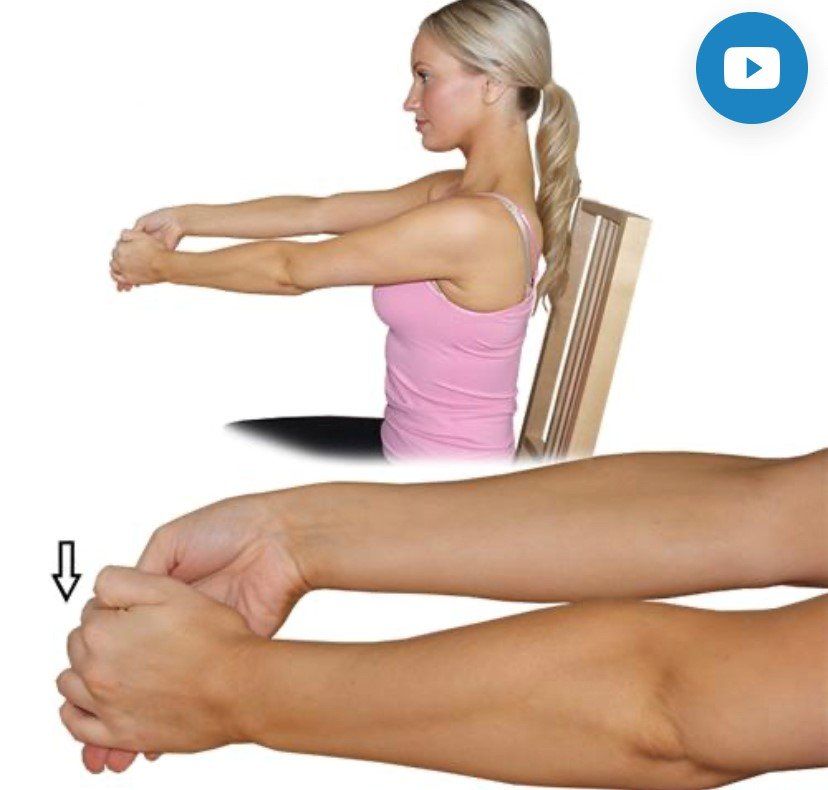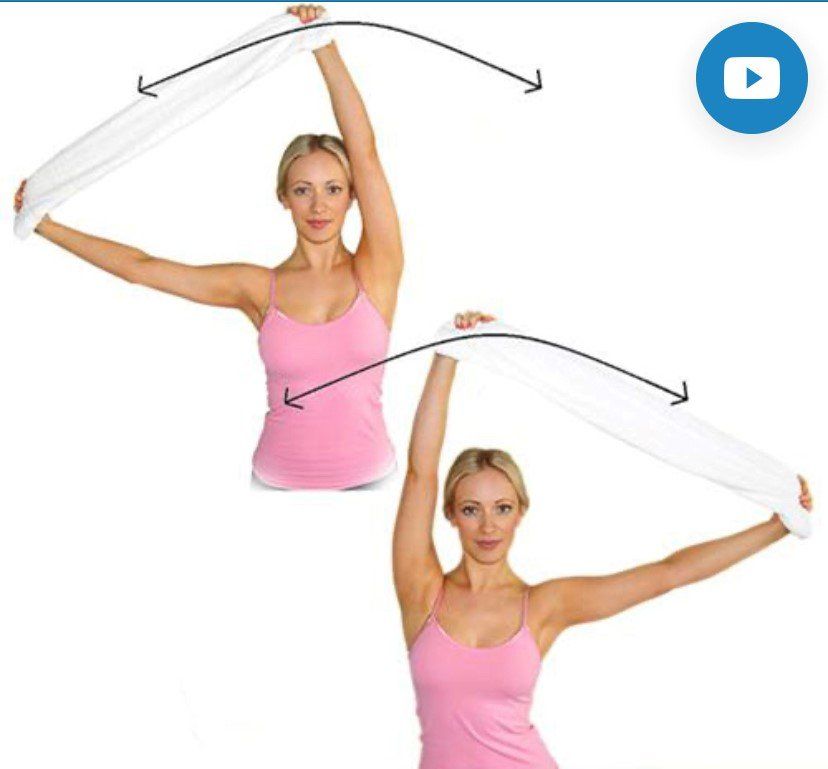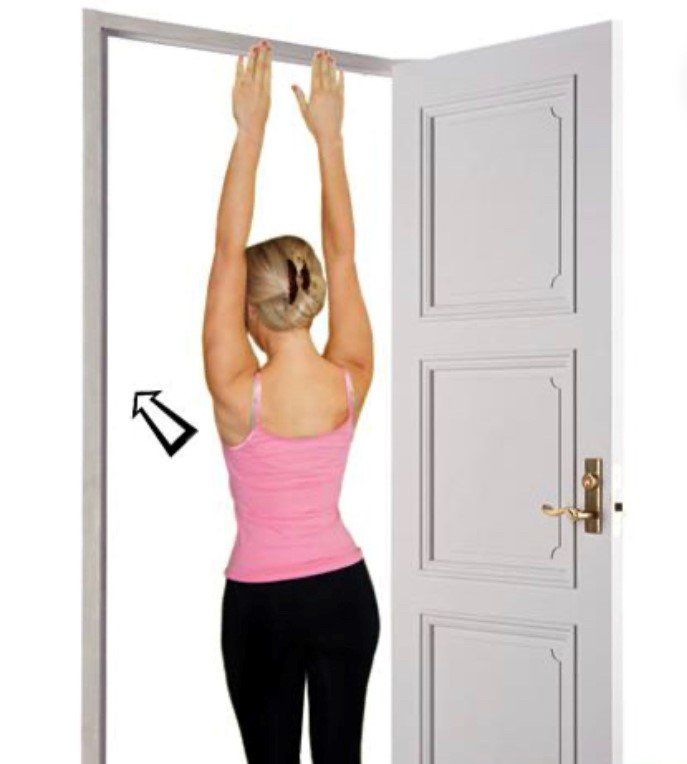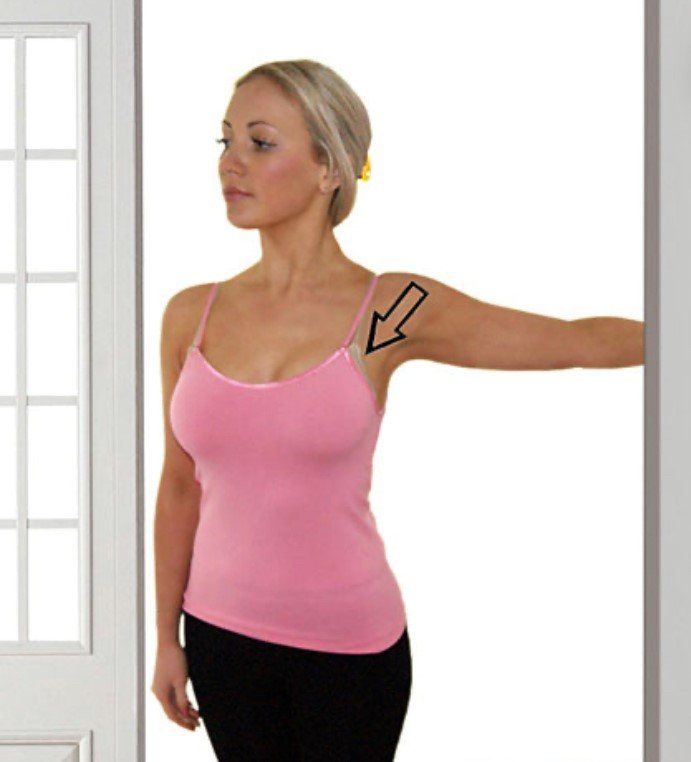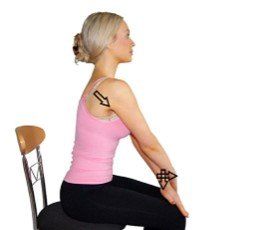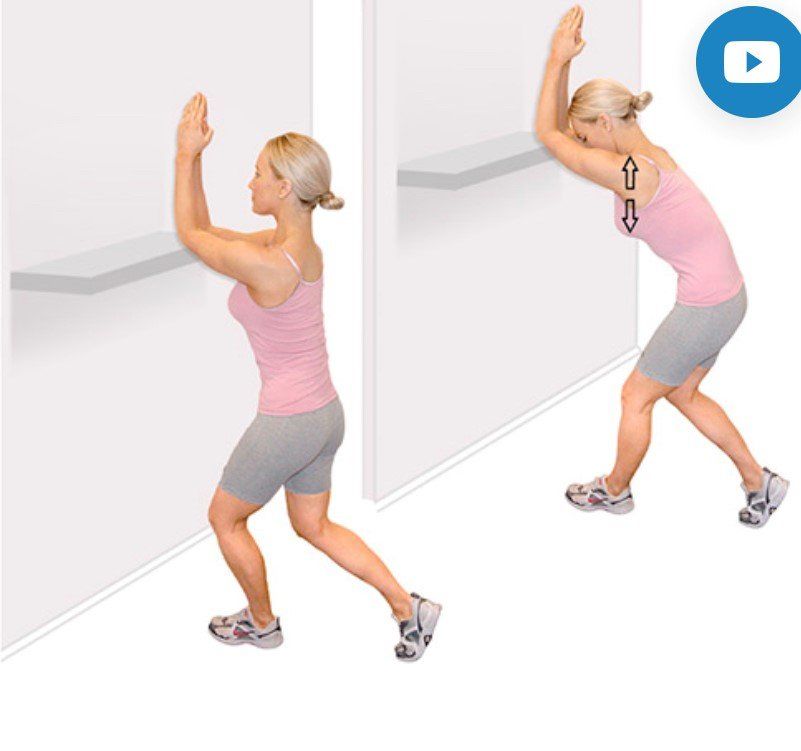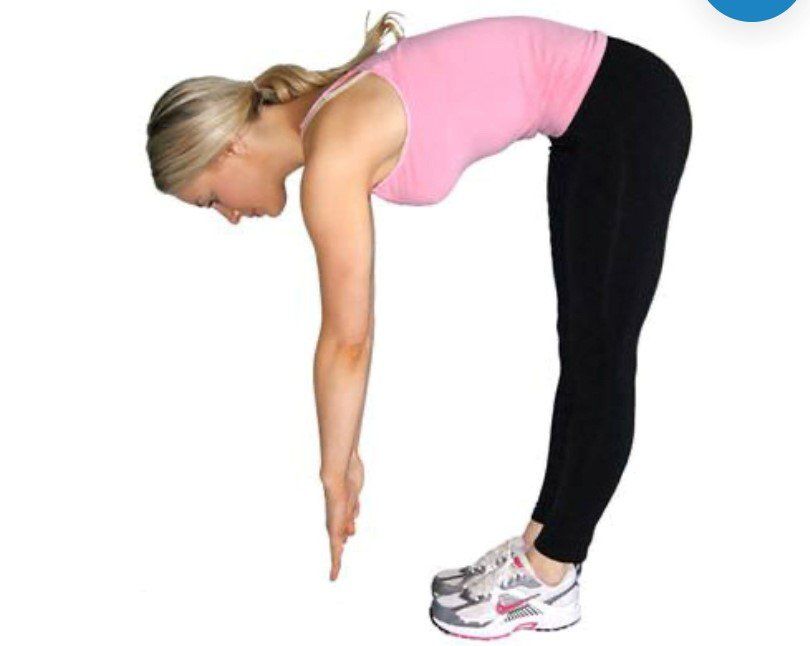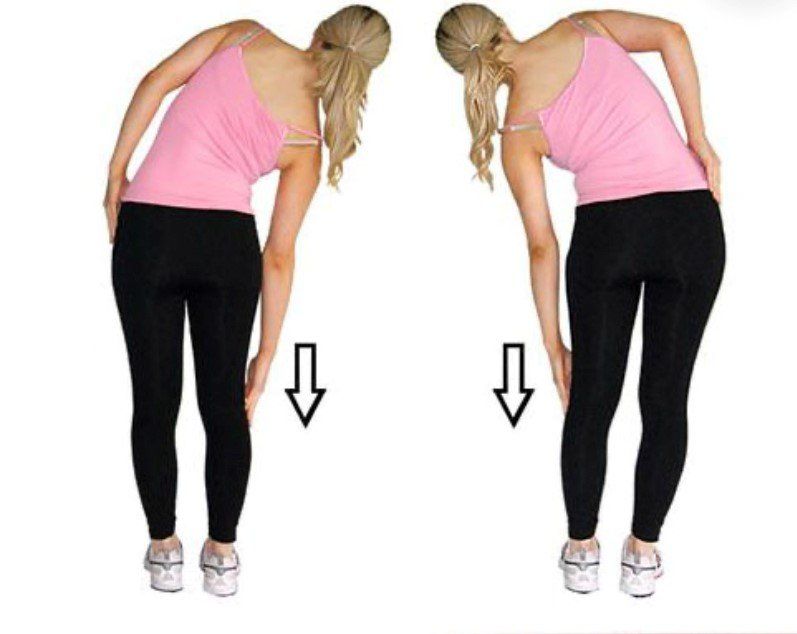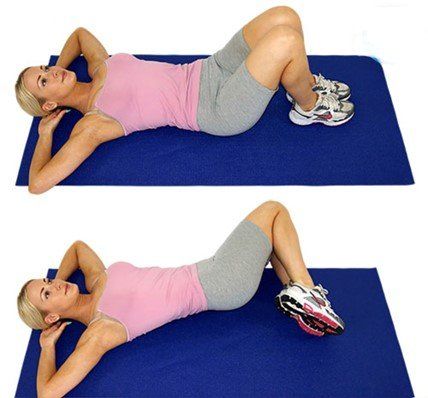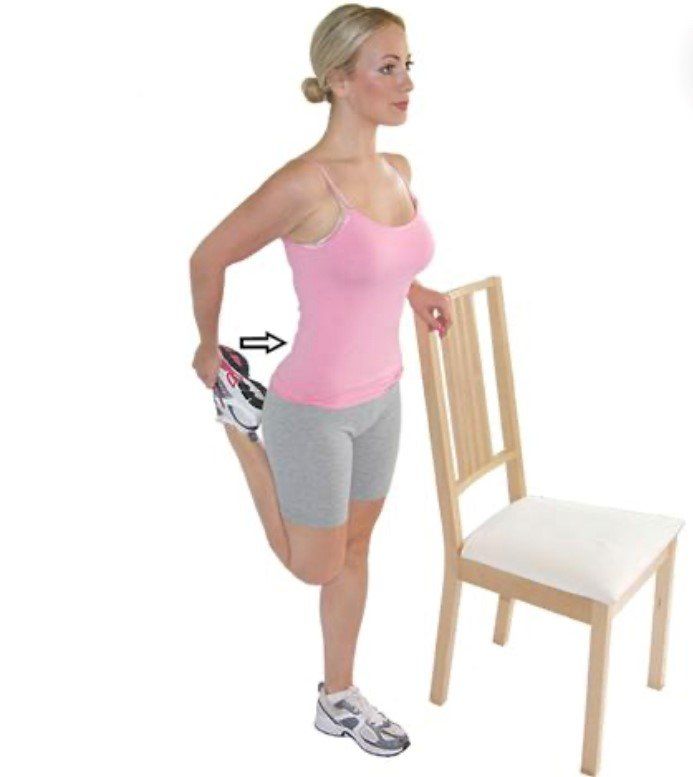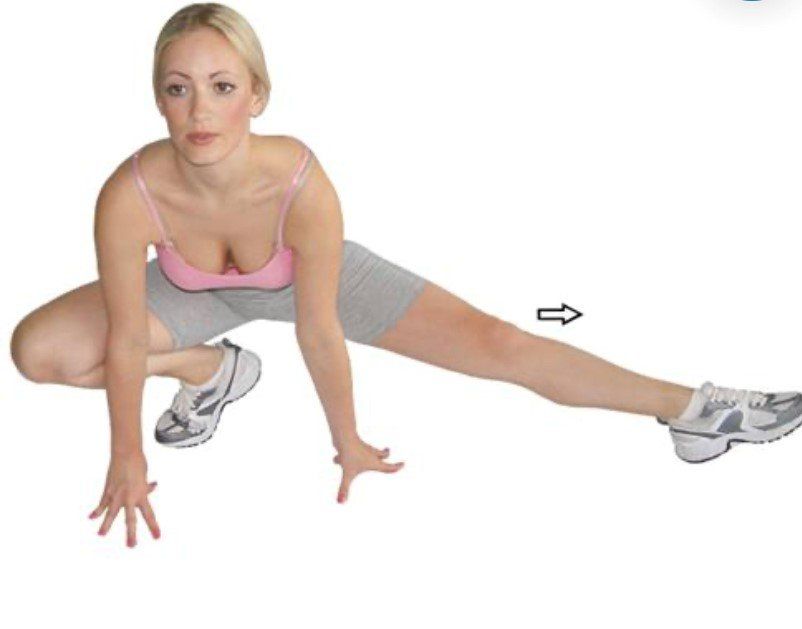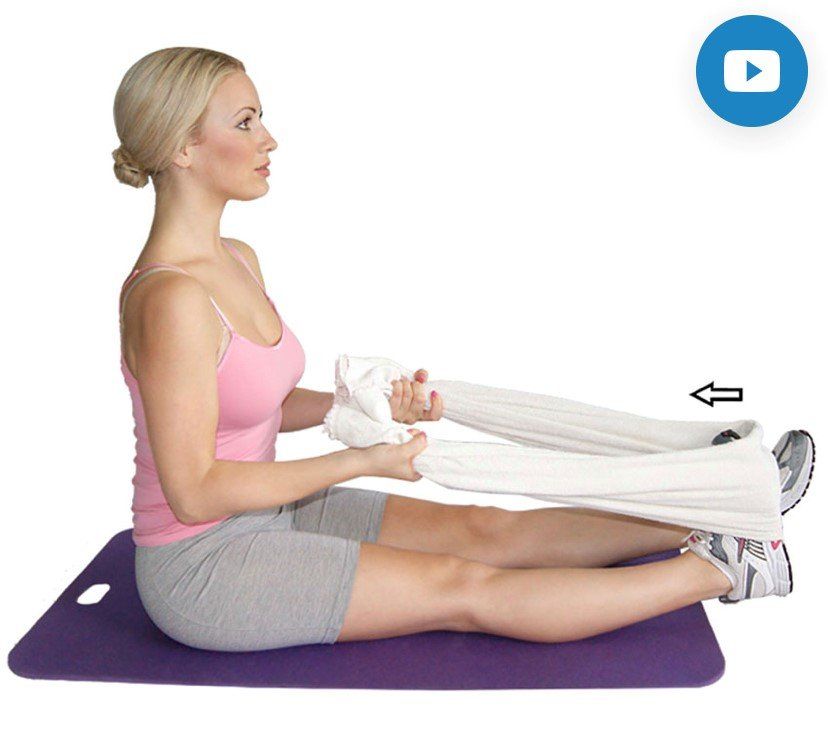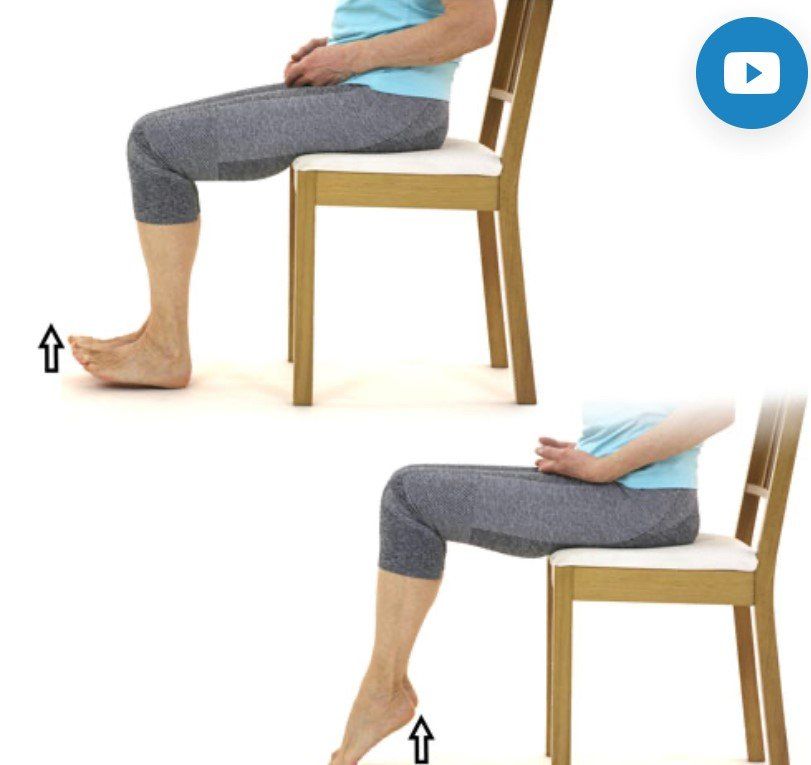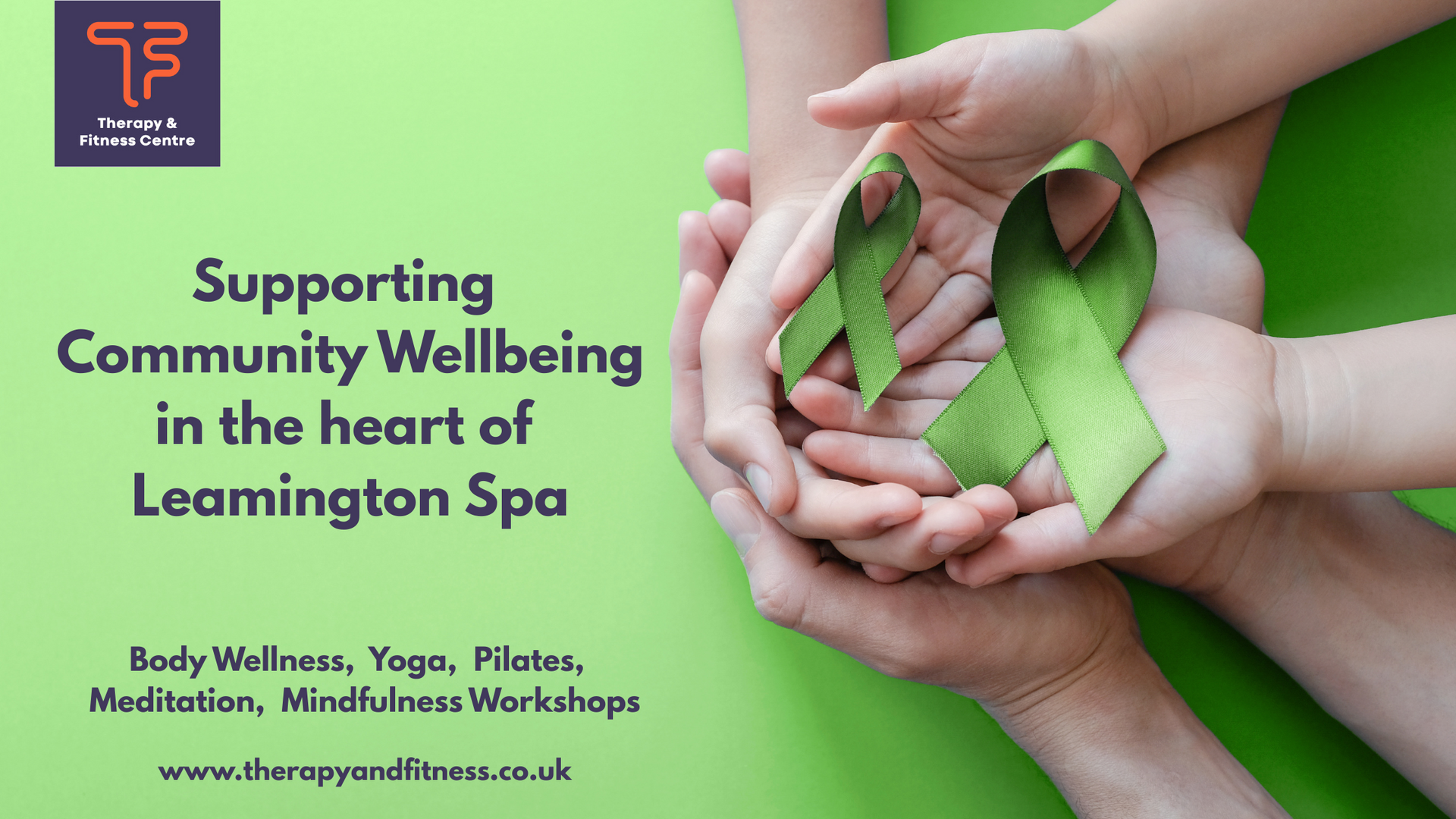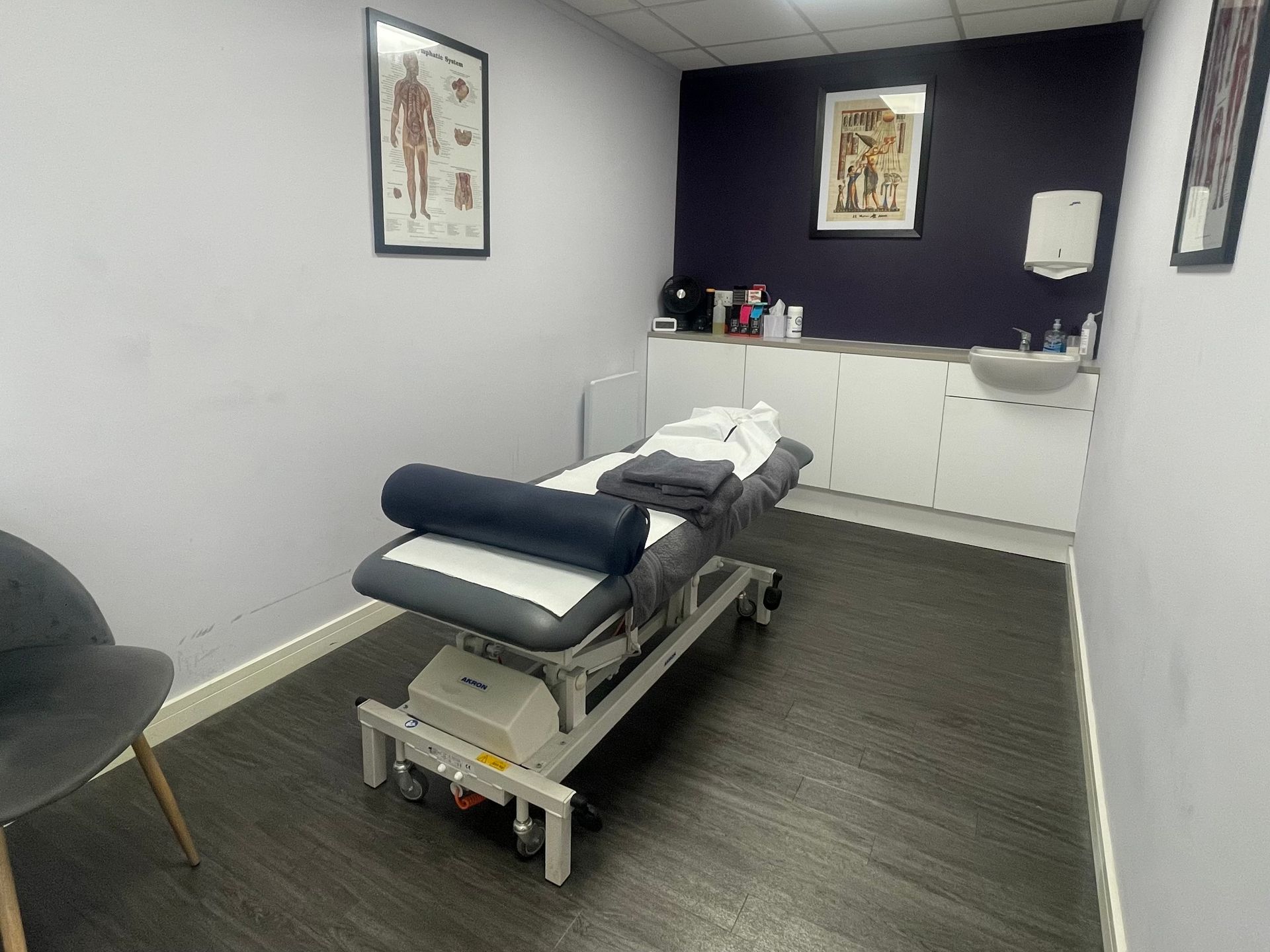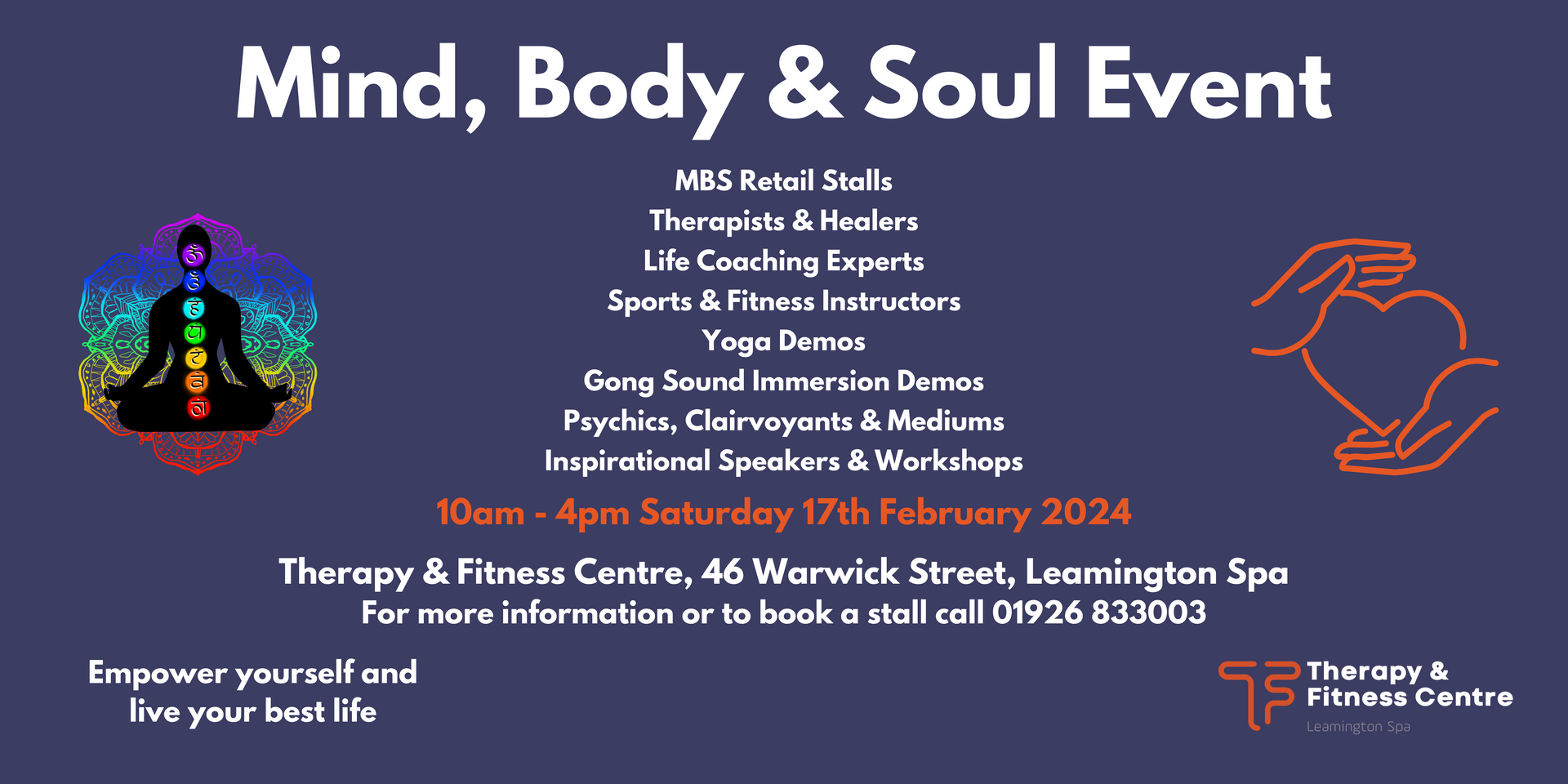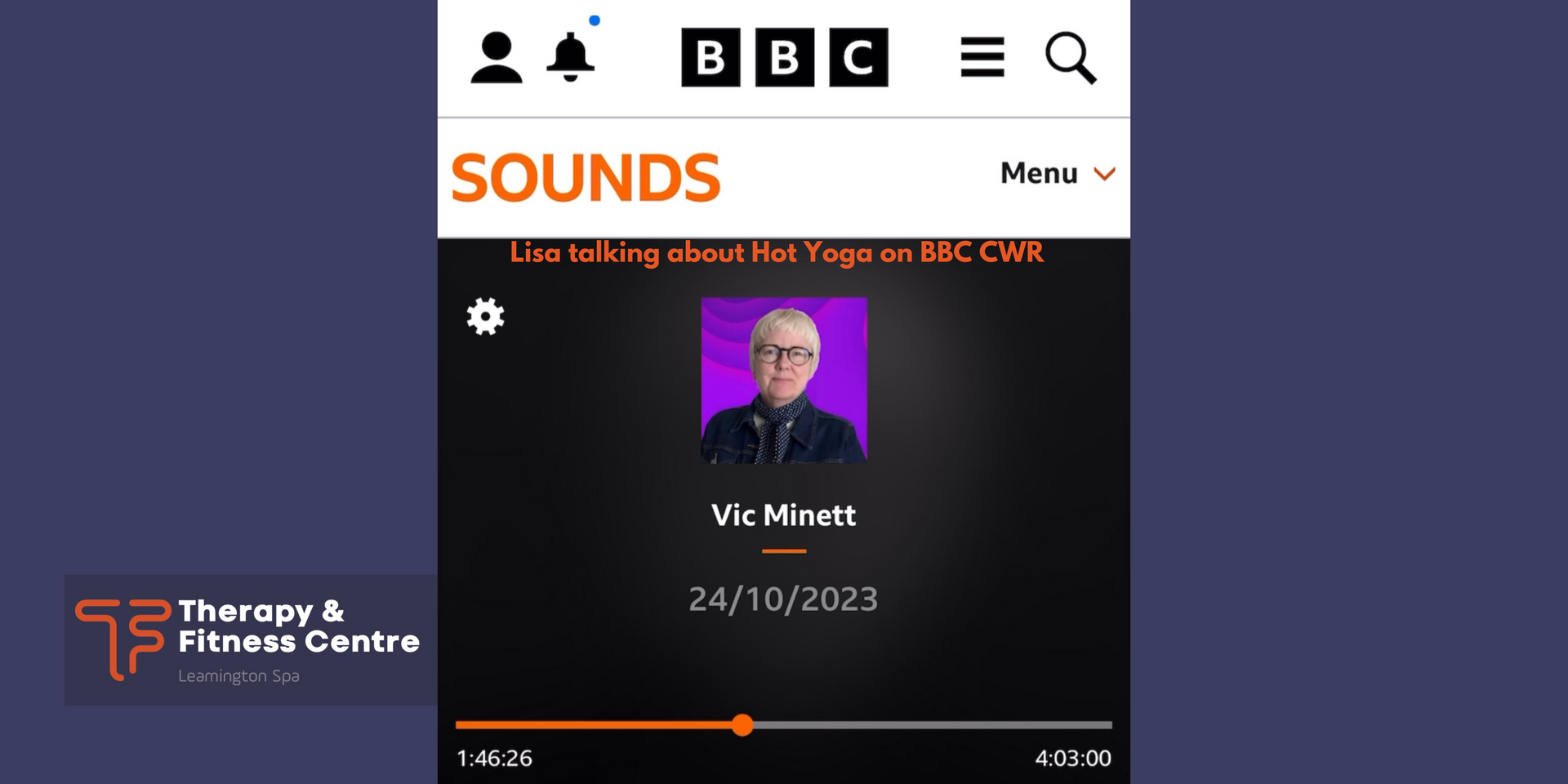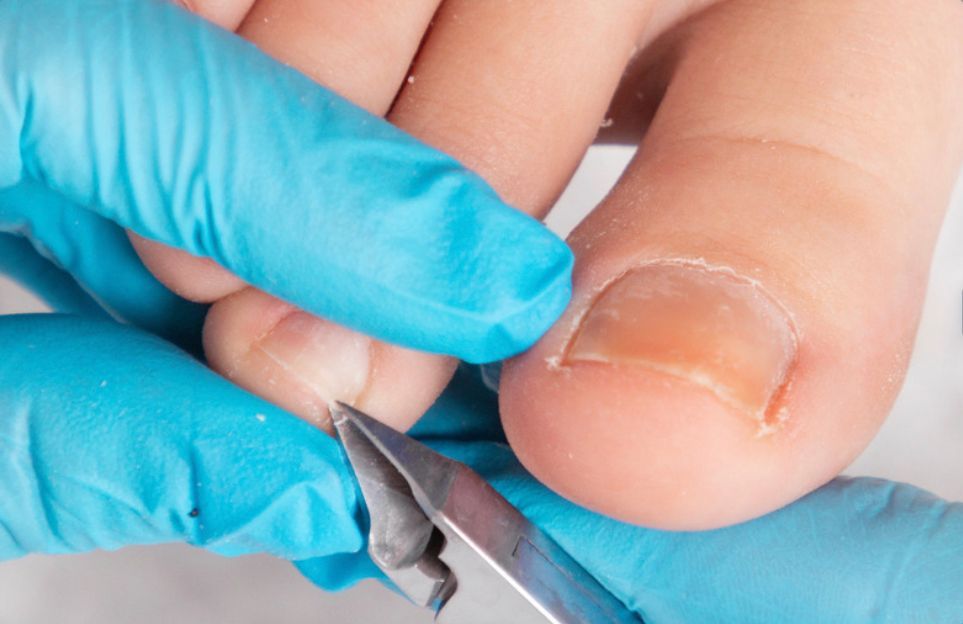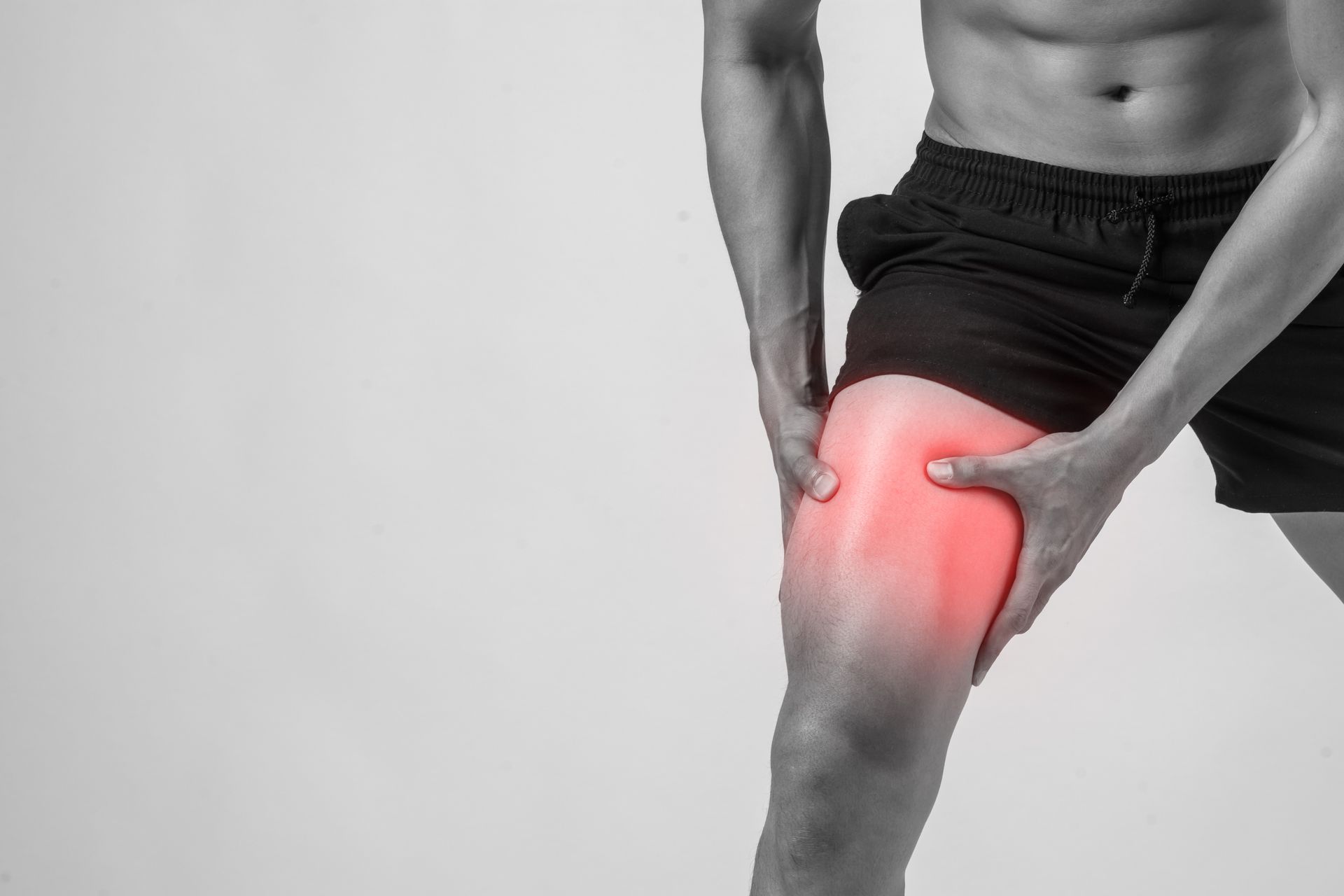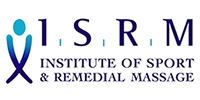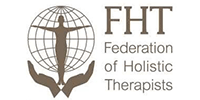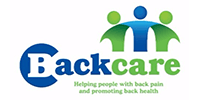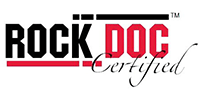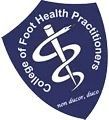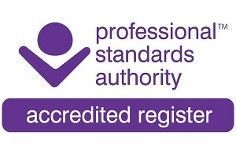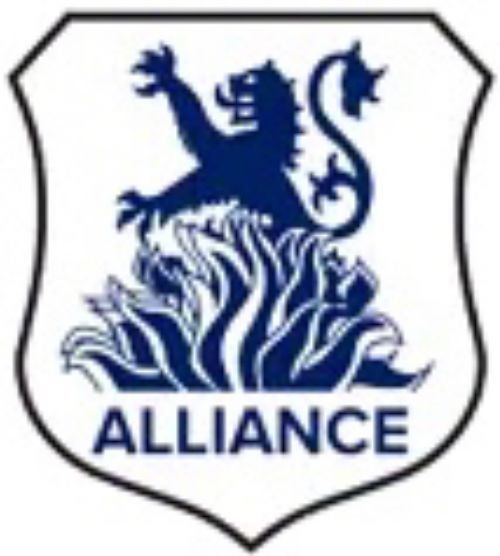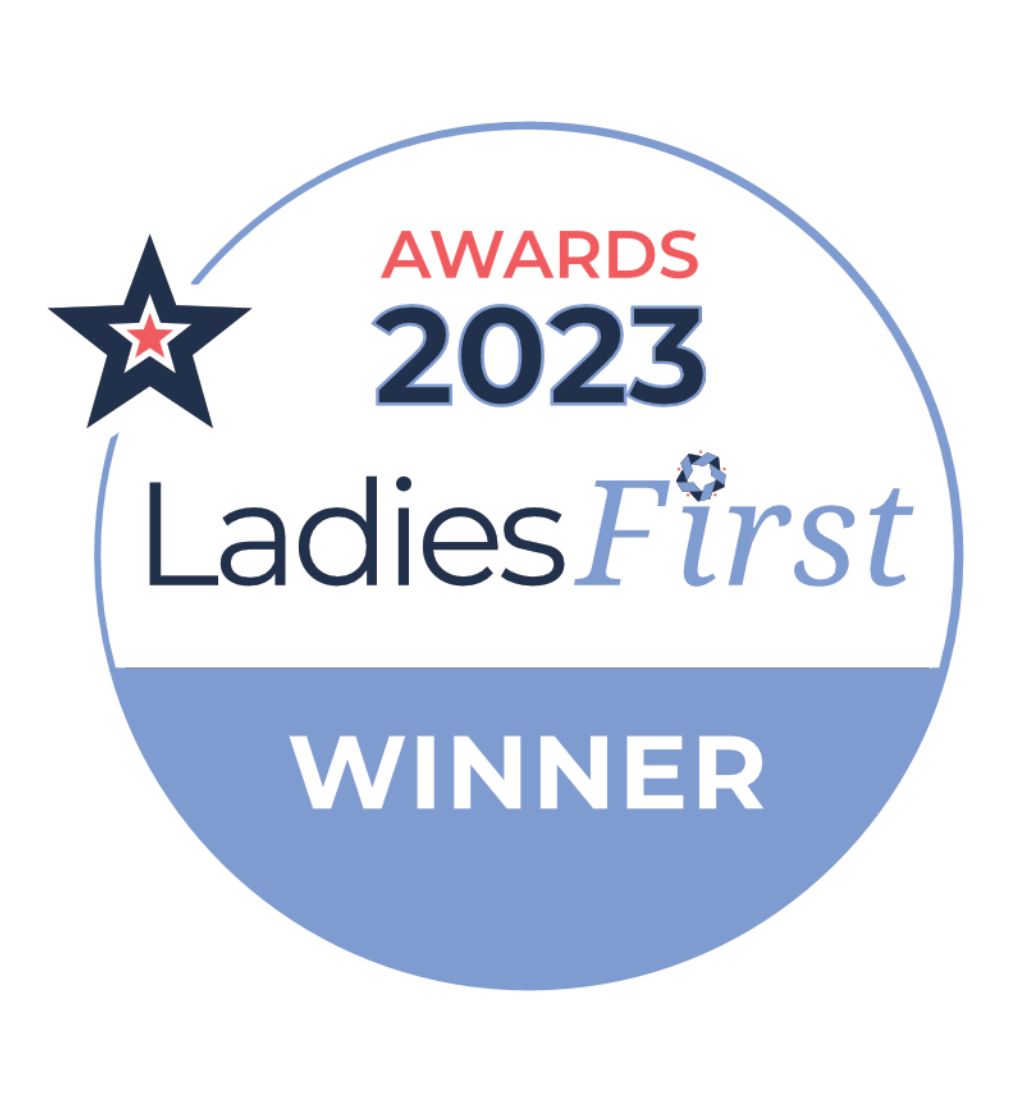Lift your arm above your head and try to pull your arm back down while putting resistance through the elbow. Your arm should not move. Side bend your body away from your arm to create a stretch just behind your armpit. This exercise stretches your triceps and latissimus dorsi muscle.
Tennis Warm Up Stretches
Lisa Moore • May 6, 2021
Triceps and Lats Stretch
Forearm Extensor Stretch
Radial Stretch
Ulna Stretch
The Football Supporter
Door Frame Stretch
Pec Stretch
Deltoid Stretch
Rhomboid Stretch
Latissimus Doris Stretch
Toe Touch
Standing Extension
Lumbar and Thoracic Stretch
ITB Stretch
Oblique Stretch
Quadriceps Stretch
Adductor Stretch
Hamstring and Calf Stretch
Heel raises and Toe Lifts
Backward Lunge
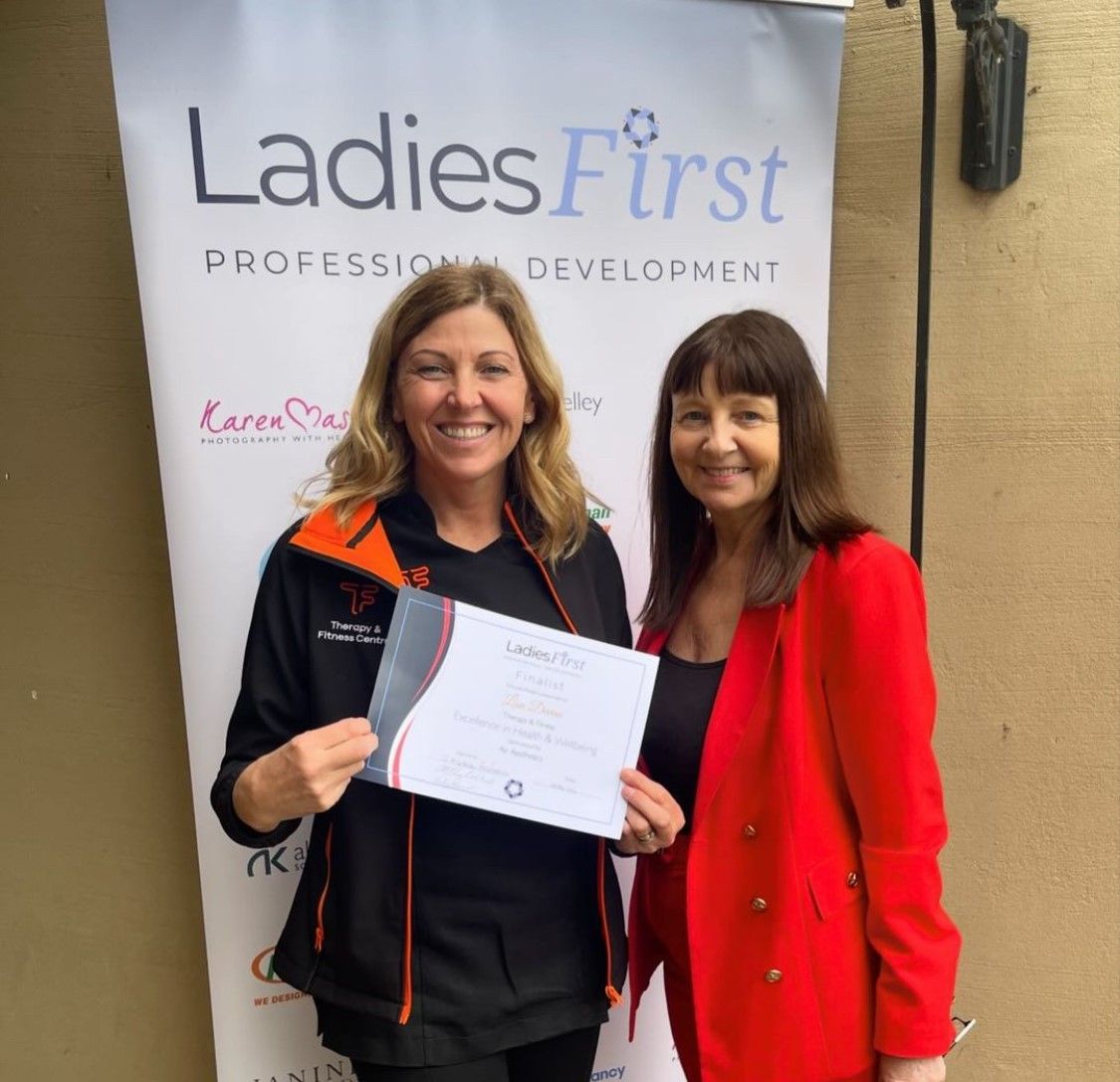
The second time in a row Lisa has been announced as a finalist in the Ladies First Health and Wellbeing category at this years awards ceremony which will be held at the Dallas Burston Polo Club on Thursday 13th June. Last year Lisa won the award which was held at Coombe Abbey Hotel. Will Lisa hold the title for the second year?
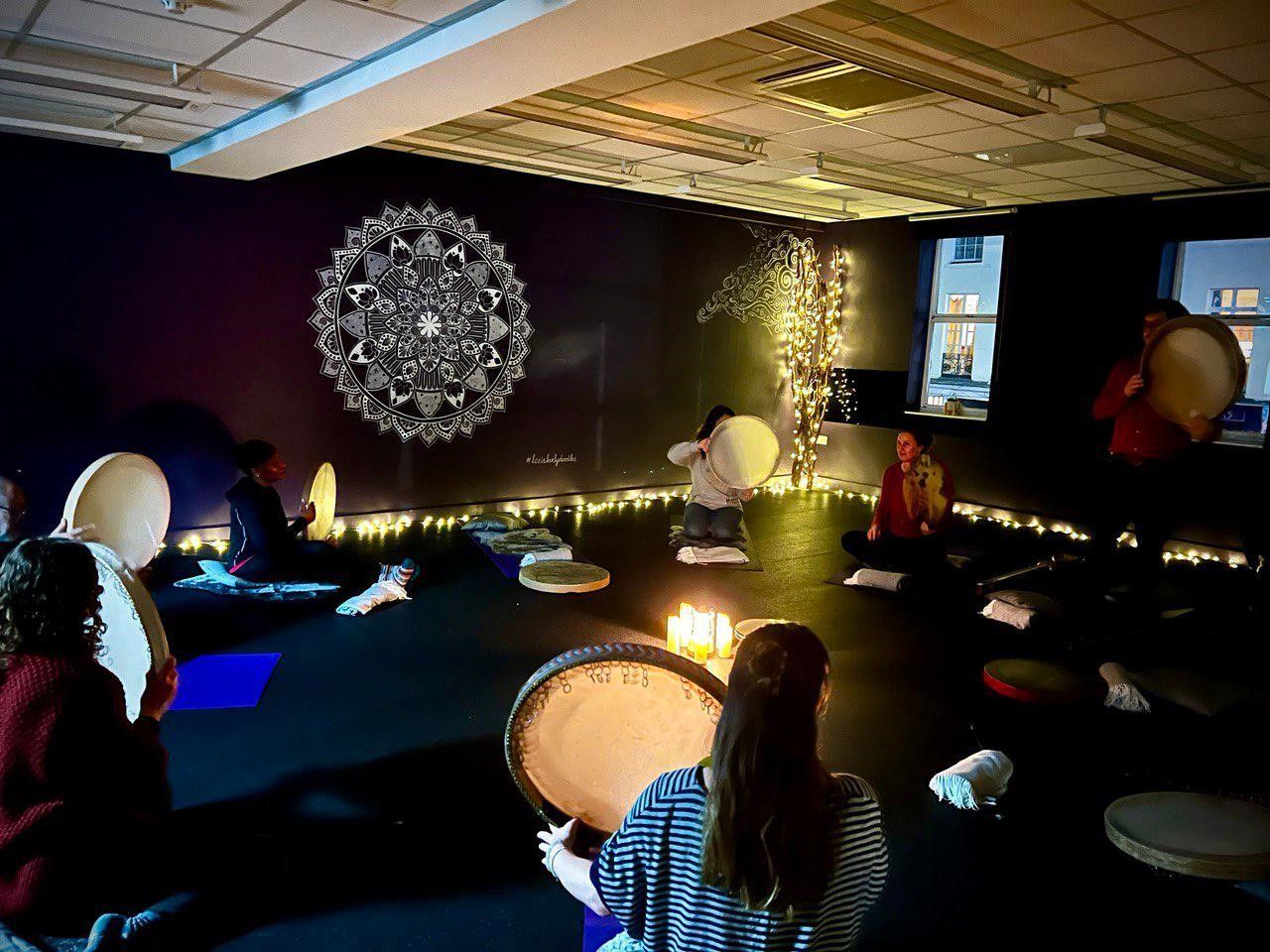
Join us every 3rd Tuesday of the month for Bev and her Heart Meditation Drumming Circle from 7pm for beginners and 8.15pm for those who have attended at least twice before. Become more connected with your heart and practice the ancient art of heart beat meditation. Unlocking lower stress levels, conscious breathing and a better nights sleep along with an art of drumming. The heart holds the key to unlocking your true potential. Daf drums, (Frame drums) provided. Join us as we focus on the heart for a £5 - £10 donation to cover expenses and any additional goes to charity. To book your place click HERE .

Whether you’re struggling with the symptoms of everyday stress, or are experiencing a big change in your life that is activating feelings of anxiety, it can have an adverse affect on your emotional and physical wellbeing. When your mind is in turmoil, it can be difficult to figure out how to diffuse the feelings of stress, so why not try taking the focus off the things you can’t control, and instead concentrate on the things you can. At Leamington Therapy and Fitness Centre , we’ve put together this list of our top 8 stress relievers to help you relax.

